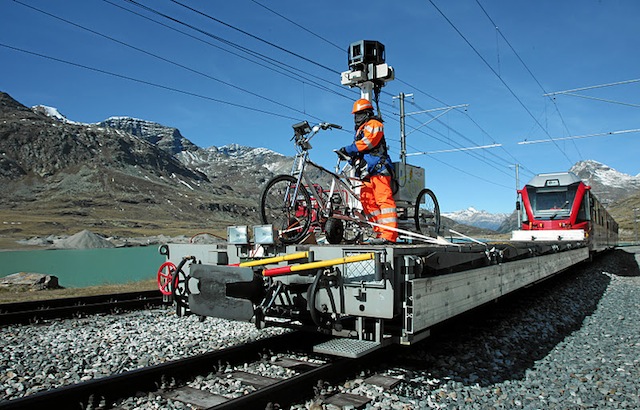Can Japan reinvigorate its startup community? A story in the Wall Street Journal describes some of the attempts to encourage entrepreneurs in an economy that has been stagnant for a quarter century.
In many ways Japan is a prototype for the modern global economy, just as the Japanese tried to stimulate their economy following their 1989 bust by pumping money into their deeply corrupt construction industry , so too has the rest of the world tried a similar strategy with the banking system after the 2008 crisis.
The results in both cases been the same stagnation as the money is wasted on non productive schemes and speculation rather than investment in job and wealth creating businesses and innovations.
Now the Japanese are looking to a bottom up stimulus to their economy which challenges the country’s social norms where getting a ‘safe job’ with a large corporation is seen as the best prospect for young people.
While this is a change from the accepted wisdom, the entrepreneurial model really isn’t that strange for the Japanese with a range of successful technology companies started by post World War II entrepreneurs ranging from Sony to Softbank.
The Japanese model though may not be suited to the Silicon Valley venture capital model and this is where it’s dangerous to make comparisons with what works in San Jose, Tel Aviv or Shoreditch.
Japan’s strengths in industrial engineering may well make its businesses well suited for the Internet of Things the Wall Street Journal article quotes serial entrepreneur Taizo Son as suggesting. Interestingly, the 43 year old serial entrepreneur is the youngest brother of SoftBank founder Masayoshi Son.
Another area where Japan is a glimpse of the future is in the aging population and it may well be that harnessing the abilities of older entrepreneurs is another area where the country can either show the way to success or what not to do with an older, stagnant economy.
In many ways Japan is a pointer to where the world is heading. How they manage the early twenty-first century will be a lesson for the rest of us.




